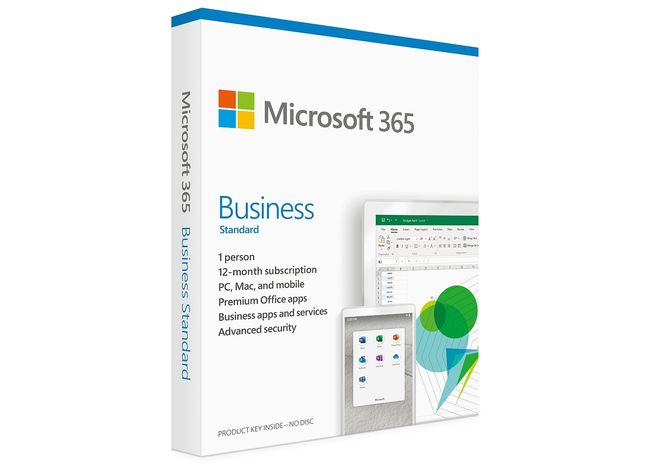


Unlike the old model where users had more control over their subscriptions, the new price models leaves zero wiggle room for users that need to cancel plans when they lose employees. Even though this is a small win for users that need the flexibility, there is still a catch. Businesses with seasonal workers can be on the Monthly plans and permanent staff can be on 1-year terms.įlexibility is something many users desire and Microsoft recognizes that by crafting a way for its users to have the best from both plans.1 year Term plans and Month-to-Month plans can be utilized. Create high-quality reports, essays, and class presentations with smart assistance features in Word, Excel & PowerPoint.For those with seasonal workers can be on the Monthly plans, while keeping permanent staffer on 1-year terms. 1-year Term plans and Month-to-Month plans can be utilized simultaneously.Completely avoid the 20% surcharge by switching to the 1-year term agreement.There are a couple of ways this can be achieved. Microsoft is allowing users a little bit of flexibility to get the best bang for their buck by allowing them to mix and match plans. Microsoft 365 Business Premium (from $20 to $22).Microsoft 365 Business Basic (from $5 to $6 per user).Office 365 price increase for the following commercial products: A 20% surcharge will be included on top of the new price increase. With long-term users in mind, these changes will dramatically affect those wanting to stick with the month-to-month plans. For the first time since the launch of Microsoft’s Office 365 a decade ago, commercial users will experience changes to their monthly and yearly subscriptions beginning March 1. It’s no secret that price increases are inevitable, especially in a period of inflation.


 0 kommentar(er)
0 kommentar(er)
